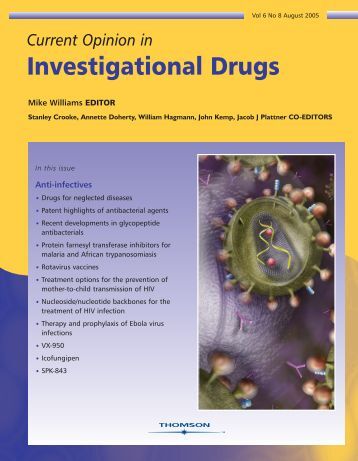
“Several cannabinoids afforded in experimental models of Huntington’s disease (HD).
We investigated whether a 1:1 combination of botanical extracts enriched in either ∆⁸-tetrahydrocannabinol (∆⁸-THC) or cannabidiol (CBD), which are the main constituents of the cannabis-based medicine Sativex®, is beneficial in R6/2 mice (a transgenic model of HD), as it was previously shown to have positive effects in neurotoxin-based models of HD.
A Sativex-like combination of phytocannabinoids administered to R6/2 mice at the onset of motor symptoms produced certain benefits on the progression of striatal deterioration in these mice, which supports the interest of this cannabinoid-based medicine for the treatment of disease progression in HD patients.”









